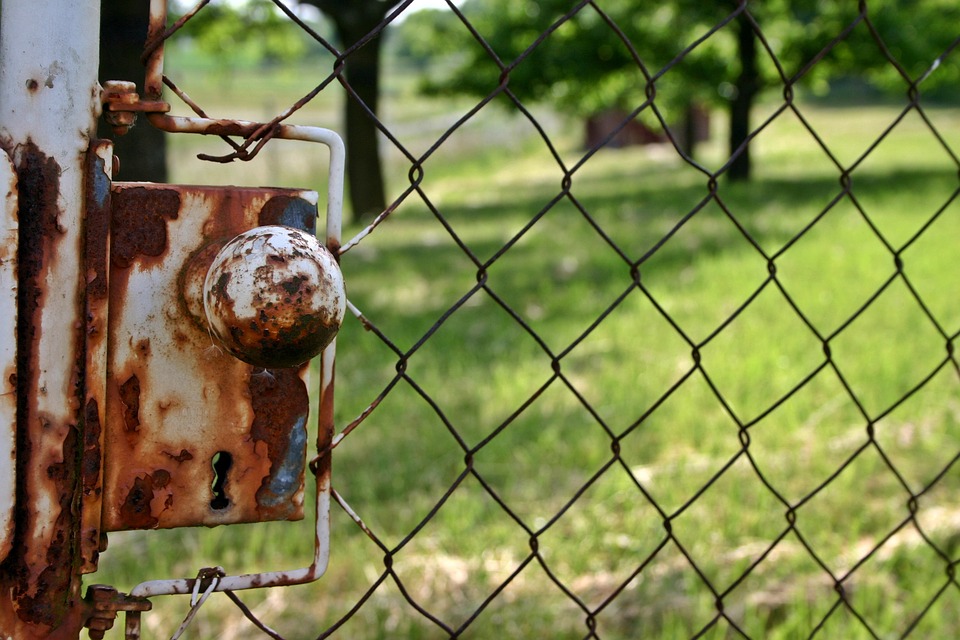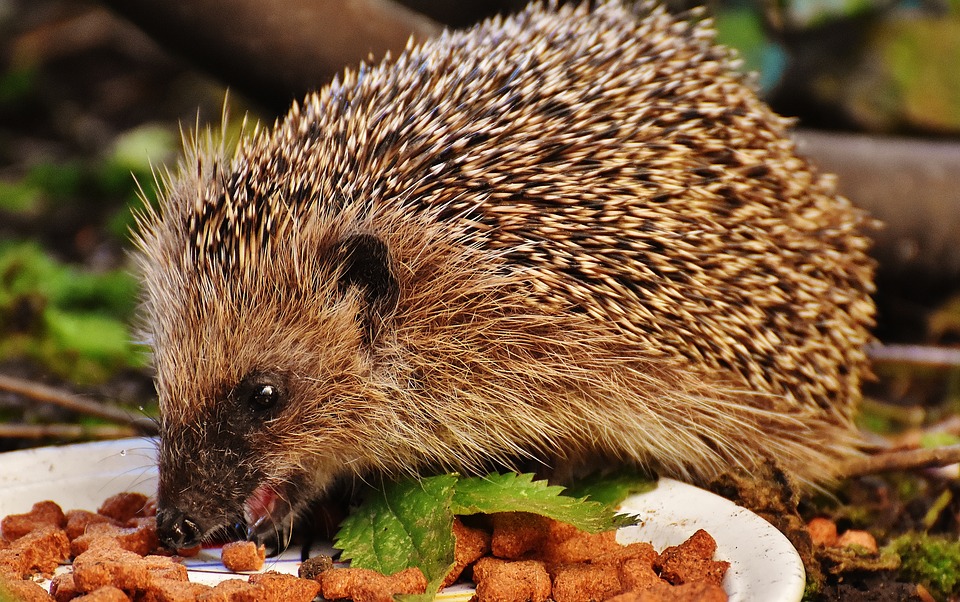By Simon H King
With one in seven of the UK’s wildlife species at risk of *extinction should property developers be encouraged (or forced) to contribute to nature’s recovery? (*State of Nature report, 2016).

‘The natural world needs our help as never before,’ warns Sir David Attenborough in the forward to the State of Nature 2016 report. “Escalating pressures, such as climate change
and modern land management, mean that we continue to lose the precious wildlife that enriches our lives.’
Urban areas take up just 7% of the UK’s land areas but home 80% of the human population and offer few opportunities for nature to co-exist, other than dwindling green space: our parks, gardens, allotments, playing fields, verges and street trees.
These green spaces can often be rich in wildlife but there’s so little remaining of it and what’s left is potentially under threat of development.

And with the population growing, things are set to only get worse; therefore, with pressure to build more homes, is it time for developers to integrate wildlife friendly designs into their developments?
How?
- Build nest boxes and bat boxes into walls
- Create crevices for House Martins and Swallows
- Create tunnels/corridors in fencing and brickwork for hedgehogs
- Re-plant development with native species
- Encourage people to care for nature
- Recruit development nature champions to lead

But this doesn’t mean developers should build where areas are simply too rich with nature to risk losing it in the development phase as that’s the reverse of evolution.
Increased urbanisation into green spaces can leave wildlife with little choice but to relocate and that’s impossible for many species. Those species that can relocate will be unwanted by competing species.
Urbanisation of our gardens and the introduction of modern landscaping materials has done little to encourage nature to make space for itself. Modern homes are more likely to have smaller back gardens and fewer trees; grass has often been replaced by an always green/low maintenance artificial turf which sustains nothing; borders homing shrubs and bushes are often less welcome due to the constant maintenance required and modern housing estates may even have rules about what can/can’t be grown at the front/rear of their property.
On top of this, car ownership has spiralled and families may own several vehicles so lawns have been replaced by paving – trees have often been removed to increase parking space.
Something needs to change; developers have to learn to get on with wildlife before it’s too late, but there’s an opportunity here for conscientious builders – who wouldn’t want to live in a nature-friendly home?
Building with nature in mind could be an amazing USP.
Nature-friendly homes.



3 responses to “Should urban developers be forced to contribute to nature’s recovery in the UK?”
This is a puzzle. If only 7% of our land is urban, why is wildlife not thriving or becomIng extinct elsewhere? There must be more to this than a building resolution. Could farming practice, countryside management, and the use of pesticides be a much more worrying factor in all this?
LikeLiked by 1 person
Very good question. According to the WWF’s Living Planet Report, the most common threat to nature is the ‘loss and degradation of habitat’ which includes the ‘modification of habitat.’ One of the major common causes of habitat loss and degradation is ‘unsustainable agriculture.’ Increased pressure on agriculture is threatening nature ‘at a faster rate than it can be replenished,’ according to WWF. 2016. Living Planet Report 2016. Risk and resilience in a new era. WWF International, Gland, Switzerland.
LikeLiked by 1 person
But of course, wildlife is suffering outside urban territories – at a rate beyond comprehension since the 1970s: “With 1 in 7 of the UK’s wildlife species at risk of extinction,’ says the State of Nature report, 2016.
LikeLike